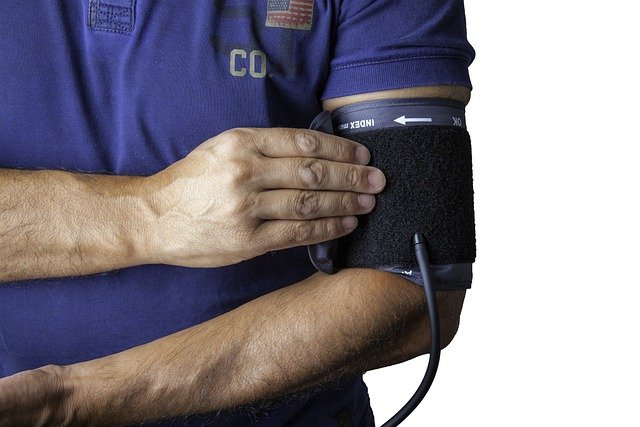Integrating telemedicine into routine care: what to expect
Telemedicine is becoming a routine option for many types of care, from follow-up visits to chronic disease management. This article outlines practical expectations for patients and clinicians, including how virtual appointments intersect with preventative screening, lifestyle counseling, and ongoing monitoring of wellbeing factors such as nutrition, sleep, and exercise.

Telemedicine is expanding from an emergency-era convenience into a durable component of routine care. Expect a blend of video visits, secure messaging, and remote monitoring that supports preventive screening, chronic condition check-ins, and lifestyle counseling. Virtual care often complements — rather than replaces — in-person exams, helping clinicians track hydration, nutrition, sleep patterns, exercise adherence, and mental wellbeing between visits.
This article is for informational purposes only and should not be considered medical advice. Please consult a qualified healthcare professional for personalized guidance and treatment.
What does telemedicine involve?
Telemedicine typically uses secure video or phone calls and asynchronous messaging within patient portals. Clinicians review symptoms, medications, and recent data from connected devices. For many issues — minor acute complaints, medication refills, or behavioral coaching — these remote encounters suffice. When a physical exam, imaging, or lab work is required, clinicians will arrange in-person screening or referrals. Workflow integration often means digital intake forms and pre-visit questionnaires focused on nutrition, sleep, and exercise habits.
How does telemedicine enable screening and prevention?
Virtual visits can accelerate preventive screening by prompting reminders, reviewing screening histories, and coordinating appointments for necessary in-person tests. Clinicians can triage risk factors such as poor sleep, low activity, or hydration issues and counsel patients on prevention strategies. Telemedicine platforms also facilitate population health outreach — for example, scheduling routine screenings and follow-up for abnormal results — while documenting prevention plans linked to longevity and immunity support.
Can telemedicine support nutrition and hydration?
Dietary counseling and hydration checks translate well to telehealth. Registered dietitians and primary care clinicians can review food logs, discuss meal timing, and set goals through remote sessions. Patients often use photo diaries or apps to share meals, enabling practical feedback. For dehydration risk or electrolyte concerns, clinicians may decide when in-person evaluation or lab testing is necessary. Regular virtual touchpoints make it easier to sustain nutrition and hydration plans over time.
How does telemedicine relate to sleep and immunity?
Sleep assessments often begin with questionnaires and sleep diaries that work remotely; clinicians may recommend behavioral strategies (sleep hygiene, timing routines, mindfulness) during tele-visits. Because sleep quality influences immunity and recovery, telemedicine enables ongoing monitoring and timely adjustments to treatment. When specialized testing (polysomnography) is needed, telehealth providers coordinate referrals and interpret results in the context of overall prevention and immune health.
What about mindfulness, wellbeing, and longevity?
Telemedicine broadens access to mental health and preventive wellness services that support long-term wellbeing and longevity. Counseling, mindfulness training, and stress-reduction programs are commonly delivered remotely, improving adherence for those balancing work and family. Regular virtual check-ins allow clinicians to integrate mental wellbeing with physical prevention strategies, such as optimizing nutrition, exercise, and sleep — all factors associated with sustained health across the lifespan.
How can telemedicine support exercise and fitness?
Remote care supports exercise counseling through goal-setting, progress reviews, and integration with wearable device data. Clinicians and allied health professionals can prescribe home-based exercise routines, adapt plans for chronic conditions, and monitor activity trends to inform prevention and rehabilitation. Telemedicine can also triage when supervised in-person sessions or screening for cardiac or orthopedic risk are indicated prior to more intensive exercise programs.
Conclusion Integrating telemedicine into routine care typically means more flexible scheduling, improved access to preventive counseling, and enhanced monitoring of daily behaviors that affect immunity, longevity, and overall wellbeing. While virtual care streamlines many touchpoints — nutrition advice, screening coordination, sleep and mindfulness support, and exercise guidance — it remains complementary to in-person services for hands-on screening and urgent needs. Patients and clinicians can expect a hybrid model that leverages remote technology for continuity and targeted in-person care when necessary.





